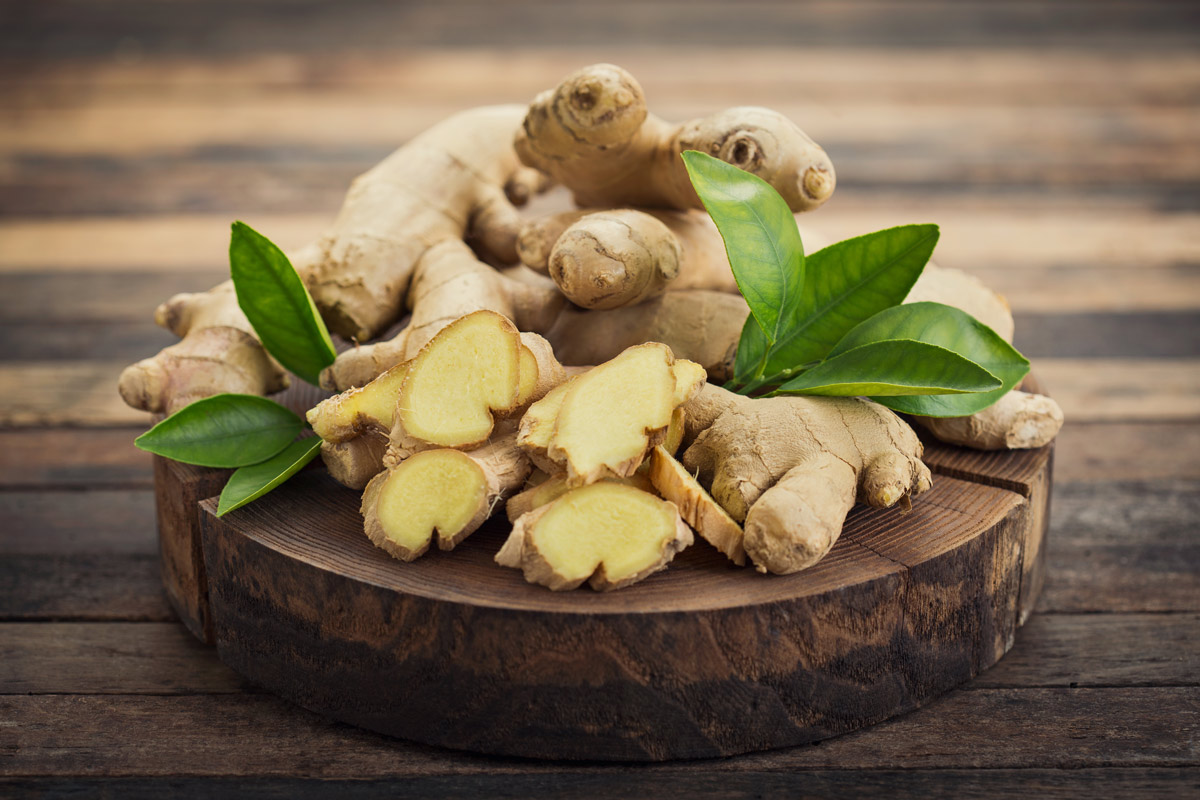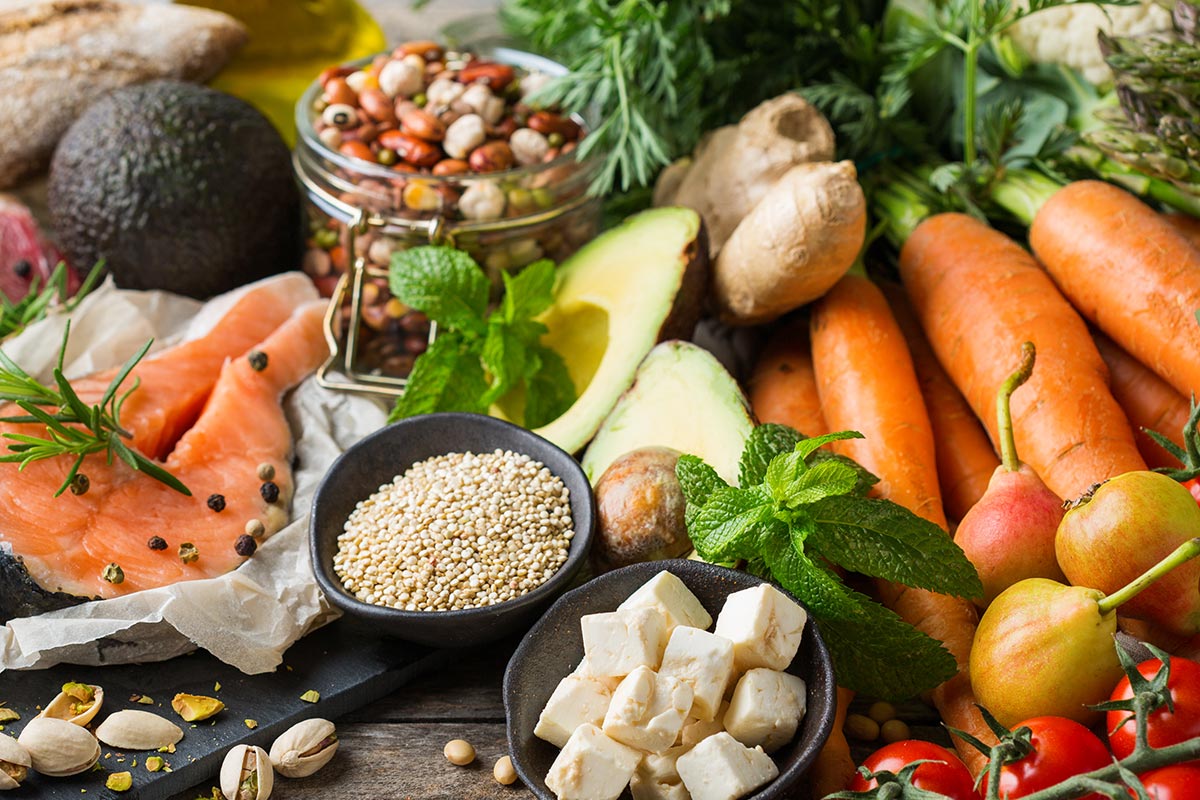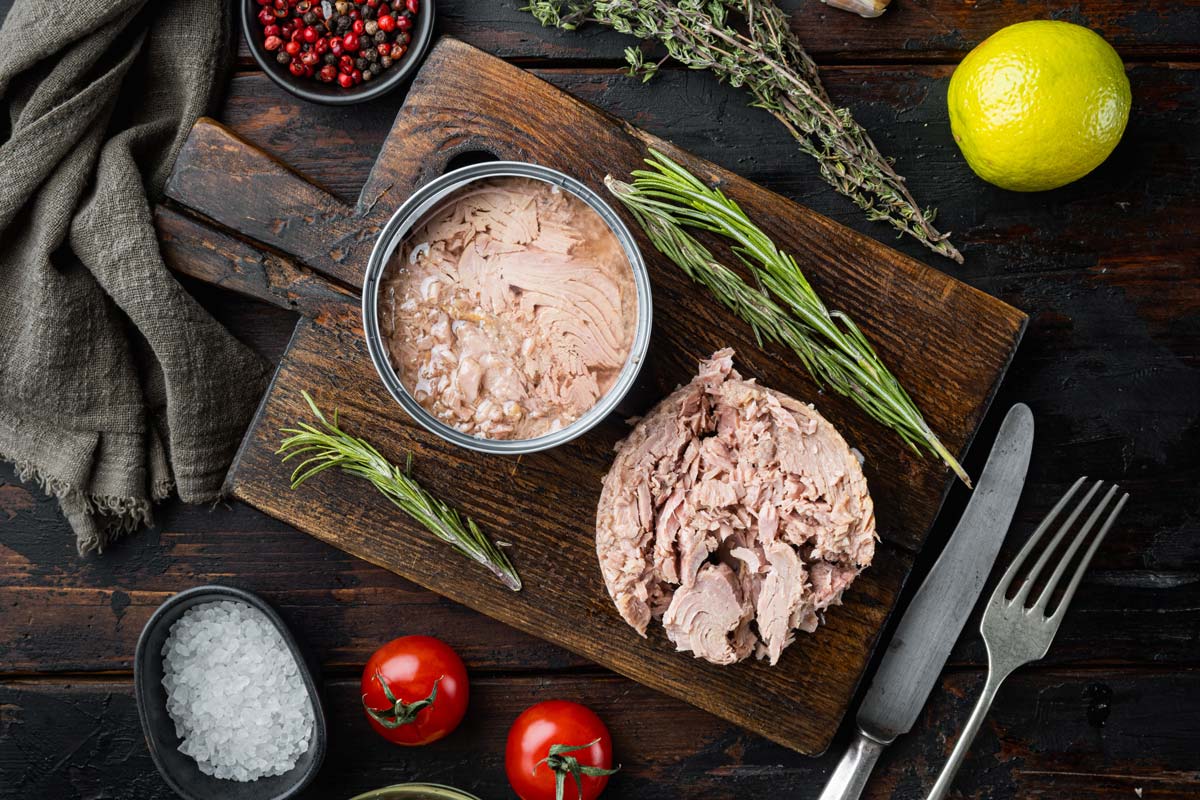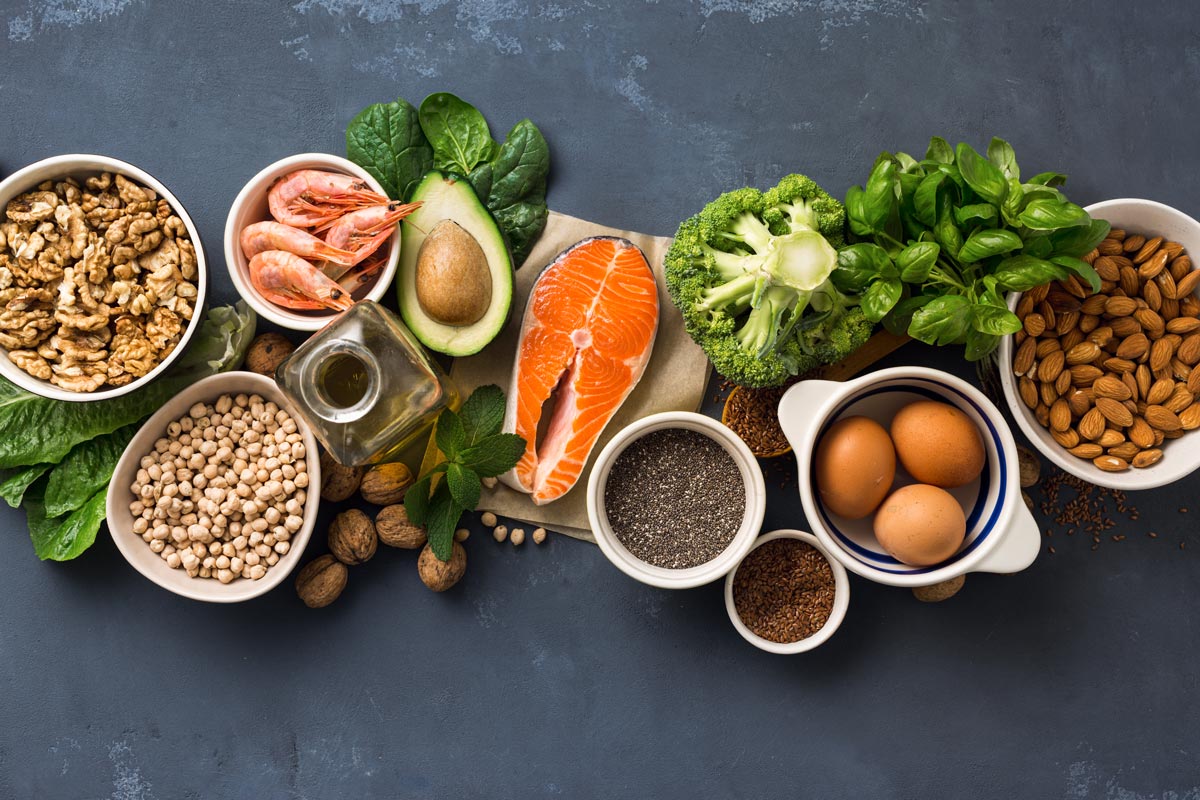Butterflied Leg of Lamb Recipe, Spotlight on Rosemary, and Protecting Against Cardiovascular Diseases After Menopause
Lamb is a celebratory dish in so many cultures, yet the idea of preparing a leg of lamb at home can be intimidating. One way to simplify the process plus cut the roasting time is with a butterflied leg—your butcher removes the bone and opens the lobes of meat to create a flat butterfly shape, which allows fast and even cooking. Also in this issue you’ll read about a caution concerning raw milk and a successful two-pronged approach to reduce inflammation, the root cause of so many diseases.
Butterflied Leg of Lamb
 Butterflied Leg of Lamb
Butterflied Leg of LambA roasted butterflied leg of lamb makes a beautiful presentation and is a breeze to carve either at the table or in the kitchen. The olive oil and lemon marinade adds great flavor—if possible, marinate the lamb the day before you plan to cook it.
Ingredients
- 1 sprig fresh rosemary or 1 teaspoon dried leaves
- 6 garlic cloves
- 2 teaspoons coarse sea salt
- 6 tablespoons extra virgin olive oil, divided use
- Juice of 1 lemon
- 1 teaspoon freshly ground black pepper
- 1 leg of lamb, between 4 and 5 pounds, butterflied and trimmed of excess fat
Directions
Step 1
Strip the leaves from the rosemary, place them on a cutting board along with the garlic and salt, and mince them together. Transfer to a small bowl and add 4 tablespoons olive oil, the lemon juice, and the black pepper. Place the lamb, boned side up, on a platter large enough to hold it and brush the marinade all over both sides of the meat; cover and refrigerate for three hours or overnight.
Step 2
When ready to cook, preheat your oven to 425°F. Place the lamb in a roasting pan and drizzle on the remaining 2 tablespoons of olive oil. Roast in the center of the oven until an instant-read thermometer reaches 135°F for medium, about 30 to 35 minutes, or 145°F for medium-well, about 35 to 40 minutes. Let the lamb rest for 10 minutes before slicing (its internal temperature will rise another 5 degrees).
Yields 8 servings

Healthy Ingredient Spotlight
Rosemary
An herb strongly associated with the Mediterranean cuisines, rosemary, or Rosmarinus officinalis,is endemic to the dry, rocky areas of the region, especially along the coast. According to the Herb Society of America,Rosmarinus comes from Latin ros and marinus,which translate to “dew of the sea.” Rosemary makes a fragrant addition to your outdoor herb garden and is very hardy, but bring any plants indoors for the winter. The herb lends a very distinctive taste to foods, from roasted lamb to potatoes. A little goes a long way—use it judiciously so that it doesn’t overpower the finished dish.
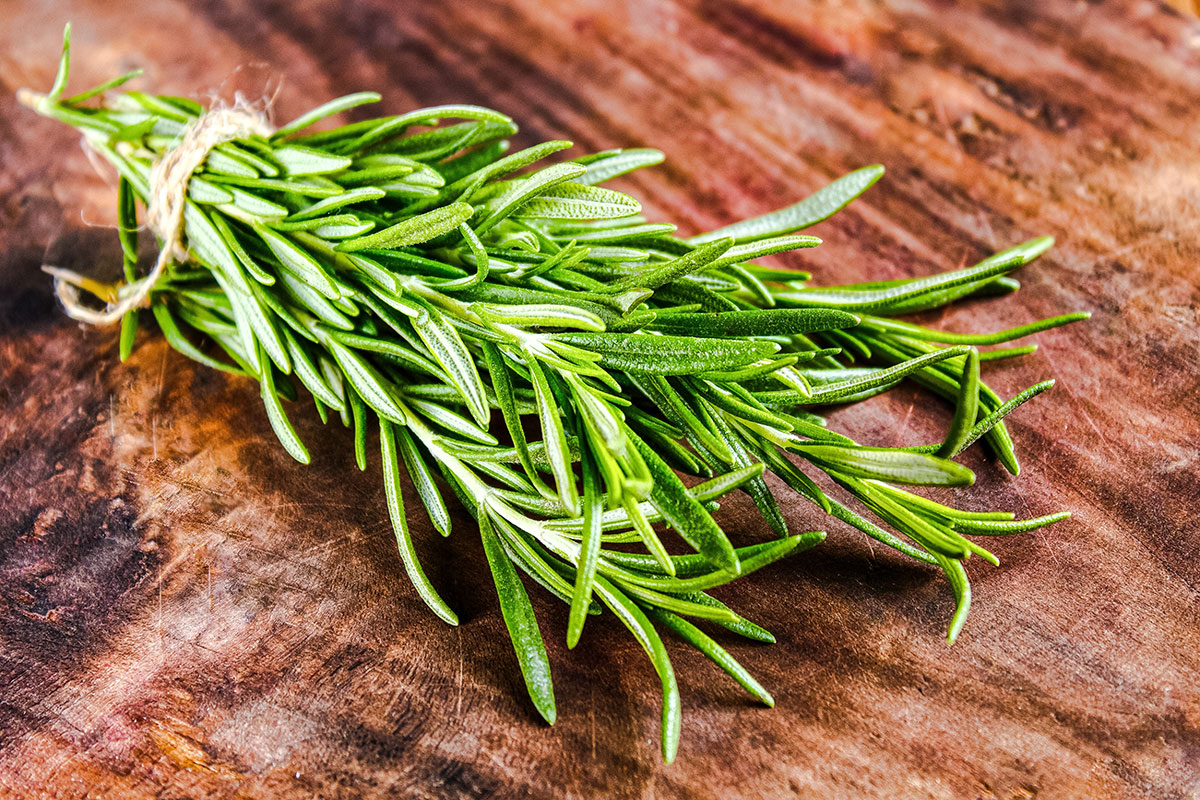

Quick Kitchen Nugget
Freezing Rosemary
Got leftovers? Rosemary sprigs will keep for a week or two when wrapped in a paper towel and placed in the vegetable drawer of your fridge. But you can also freeze them for future use. First, freeze the sprigs. When frozen, use your fingers to strip off the leaves, working from the top of the sprig downward; place them in an airtight, freezer-safe container and then return them to the freezer.

Fitness Flash
Protecting Against Cardiovascular Diseases After Menopause
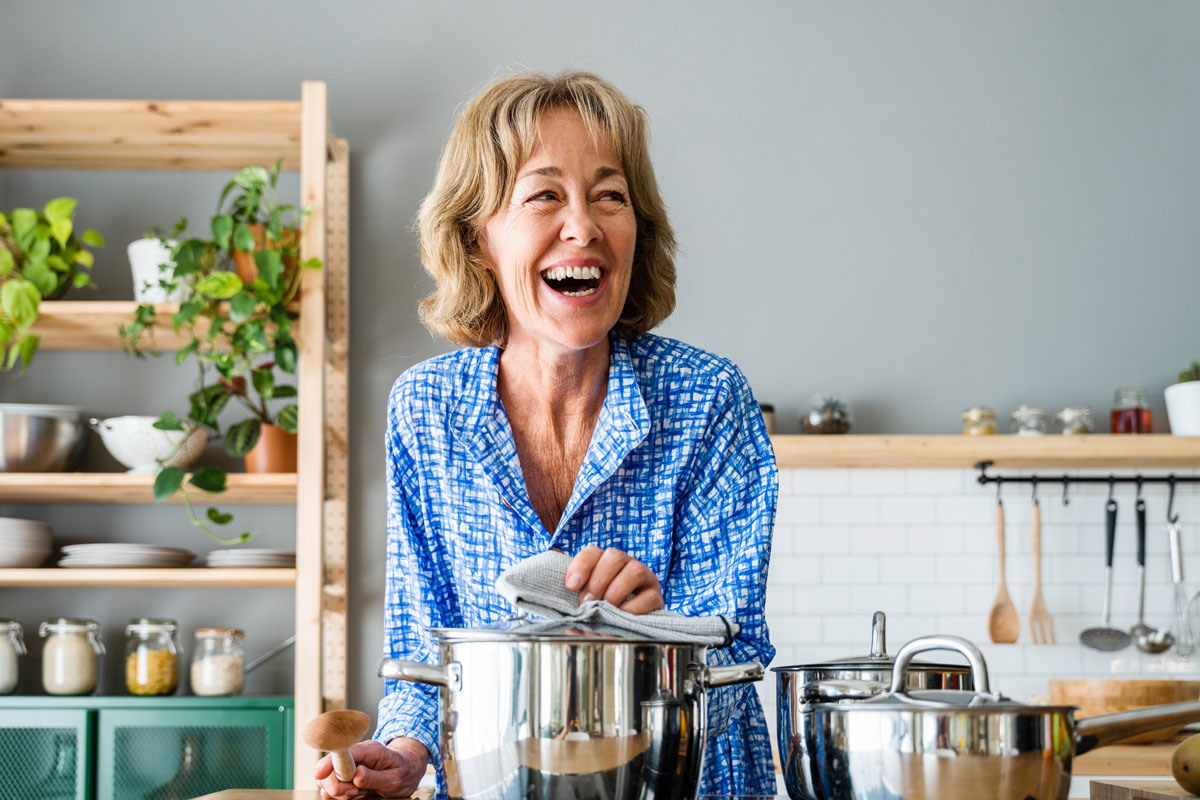
Researchers at the University of Jyväskylä’s Faculty of Sport and Health Sciences in Finland have found that women with a disordered eating behavior, such as restricting food to control weight or body shape, and low physical activity tend to have more central body fat and a higher risk of metabolic low-grade inflammation. This, in turn, increases the risk of cardiovascular diseases, which become more prevalent after menopause. Body fat distribution changes as menopause progresses and estrogen levels decrease, causing the adipose tissue concentrated in the hips and thighs to gradually shift to the midsection as harmful visceral fat.
The researchers investigated the connections between this inflammation and health behaviors—sleeping, eating, and physical activity—and found that the combined effect of exercise and healthy eating offers the most effective protection against inflammation and may also reduce it after menopause.
“In line with previous studies, a higher amount of visceral fat was, as expected, associated with low-grade inflammation,” said Hannamari Lankila, a doctoral researcher at the Faculty of Sport and Health Sciences. “Visceral fat accumulated in the midsection secretes cytokines that increase inflammation, and this can increase the risk of metabolic diseases.”
When eating and physical activity were examined together, higher physical activity was associated with lower visceral fat, especially in those women who did not display disordered eating behavior. “The connection was weaker, meaning that the protective effect of even a high amount of exercise was less, if the individual had eating-related difficulties,” Lankila continued. “Surprisingly, sleep was not a significant factor in this equation.”
The combined effects of health behaviors during menopause have not previously been studied. The menopause phase is significant, as women live more than a third of their lives after menopause, on average. During this period, the risk of metabolic and cardiovascular diseases increases significantly.
“It’s good to remember that even after menopause, it is possible to reduce the accumulation of harmful visceral fat and thus prevent metabolic and cardiovascular diseases that may result from it,” Lankila concluded.
The study is part of the larger EsmiRs (estrogen, microRNAs, and the risk of metabolic dysfunctions) study, which was carried out from 2018 to 2022 at the Gerontology Research Center at Jyväskylä. The study participants were women living in Central Finland who were between the ages of 51 and 59.
Get More Recipes In Your Inbox!

